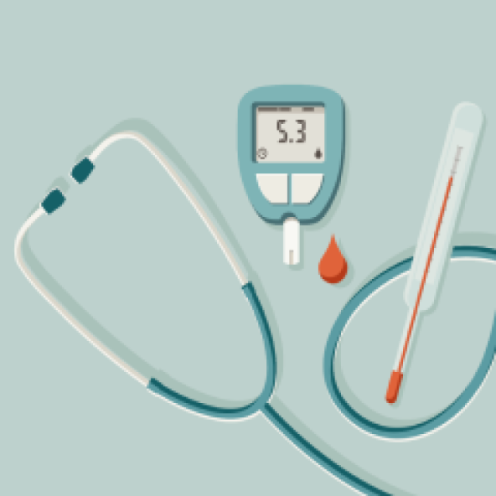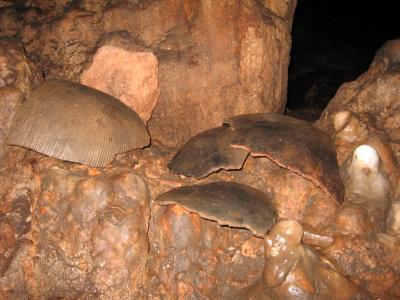Israeli strikes blasted huge craters in a designated safe zone in southern Gaza before dawn on Tuesday, burying Palestinian families under sand and killing at least 19 in what the United Nations called an “unconscionable” act.
The strikes occurred in al-Muwasi, a sprawl of crowded tent camps along the Gaza coast that Israel designated as a humanitarian zone for hundreds of thousands of displaced civilians to seek shelter from the nearly year-old Israel-Hamas war.
Video showed rescuers digging through the sand and rubble with garden tools and bare hands, using mobile phone torches until the sun came up.
Gaza’s Hamas-run health ministry said the death toll could rise as more bodies are recovered.
“We were told to go to Muwasi, to the safe area … Look around you and see this safe place,” said Iyad Hamed Madi, who had been sheltering there.
Israel said it had targeted senior Hamas militants with precise munitions. Hamas released a statement denying that any militants were in the area and calling the Israeli allegations a “blatant lie”. Neither Israel nor Hamas provided evidence to substantiate their claims.
“The use of heavy weapons in densely populated areas is unconscionable,” said Stephane Dujarric, a spokesperson for UN secretary general Antonio Guterres. “Palestinians had moved to this area in Khan Younis in search for shelter, in search of safety, after being repeatedly instructed to do so by the Israeli authorities themselves.”
It came as Israel said an American activist killed in the West Bank last week was probably shot “indirectly and unintentionally” by its soldiers as they fired on participants in a demonstration against settlements that had turned violent. Israel expressed its “deepest regret” for the death of Aysenur Ezgi Eygi, a 26-year-old activist from Seattle who also held Turkish citizenship, and said a criminal investigation had been launched.
The acknowledgement drew a strong rebuke from US secretary of state Antony Blinken, who condemned the death as “unprovoked and unjustified” when asked about the Israeli inquiry at a news conference in London. “No one should be shot while attending a protest,” he said.
Later, Israel released video footage of a Gaza tunnel where it says six hostages were recently killed by Hamas. The video shows a low, narrow passageway deep underground with no bathroom and poor ventilation.
The discovery of the hostages’ bodies last month sparked a mass outpouring of anger in Israel, and the release of the new video could add to the pressure on Israeli prime minister Benjamin Netanyahu to reach a ceasefire deal with Hamas to bring the remaining hostages home.
Israeli military spokesperson Rear Admiral Daniel Hagari said the footage of the Gaza tunnel had been shown to the hostages’ families, and that it “was very hard for them to see how their loved ones survived in those conditions”.
International law allows for strikes on military targets in areas where civilians are present, provided that the force used is proportionate to the military objective – something that is often disputed and would need to be settled in a court, which almost never happens.
The war has caused vast destruction and displaced around 90 per cent of Gaza’s population of 2.3 million, often multiple times.
Gaza’s health ministry says that over 41,000 Palestinians have been killed since the war began. It does not distinguish between civilians and militants in its count, but says women and children make up just over half of the dead. Israel says it has killed more than 17,000 militants in the war.
Hamas-led fighters killed some 1,200 people, mostly civilians, in its 7 October attack. They abducted another 250 and are still holding around 100 hostages. Most of the rest were released in exchange for Palestinians imprisoned by Israel, during a weeklong ceasefire last November. Around a third of the remaining hostages are believed to be dead.
Associated Press and Reuters contributed to this report
Source: independent.co.uk



